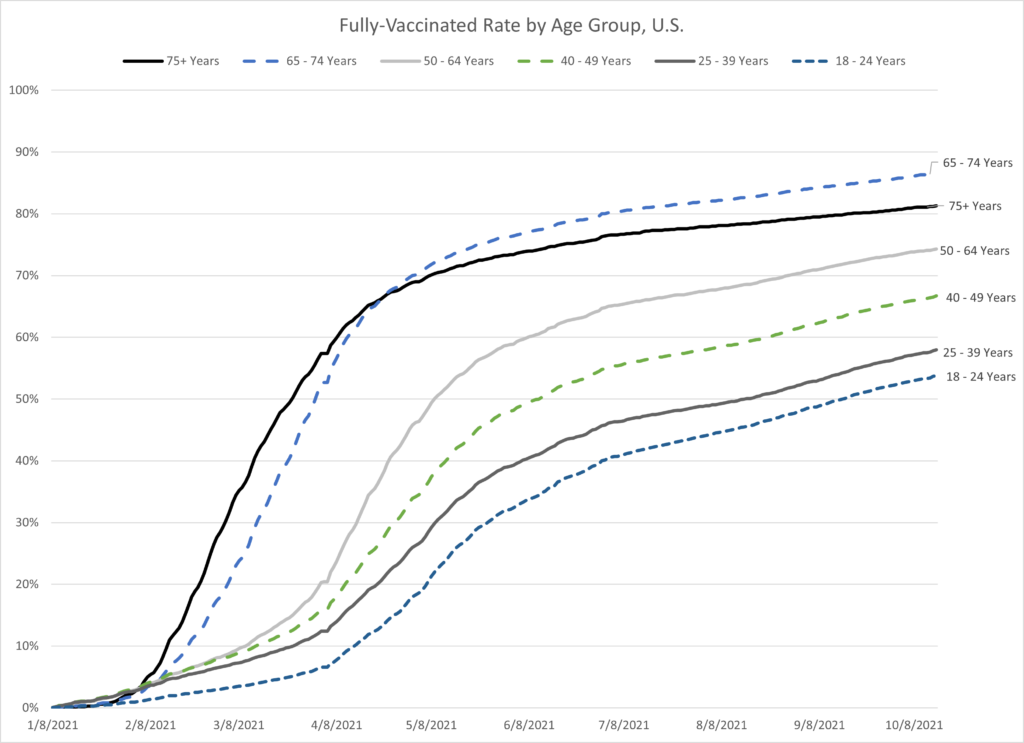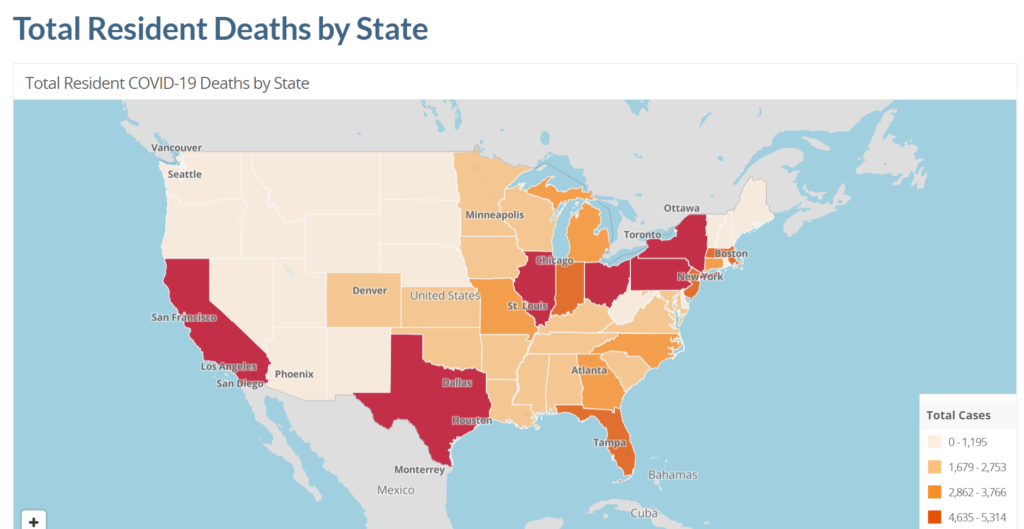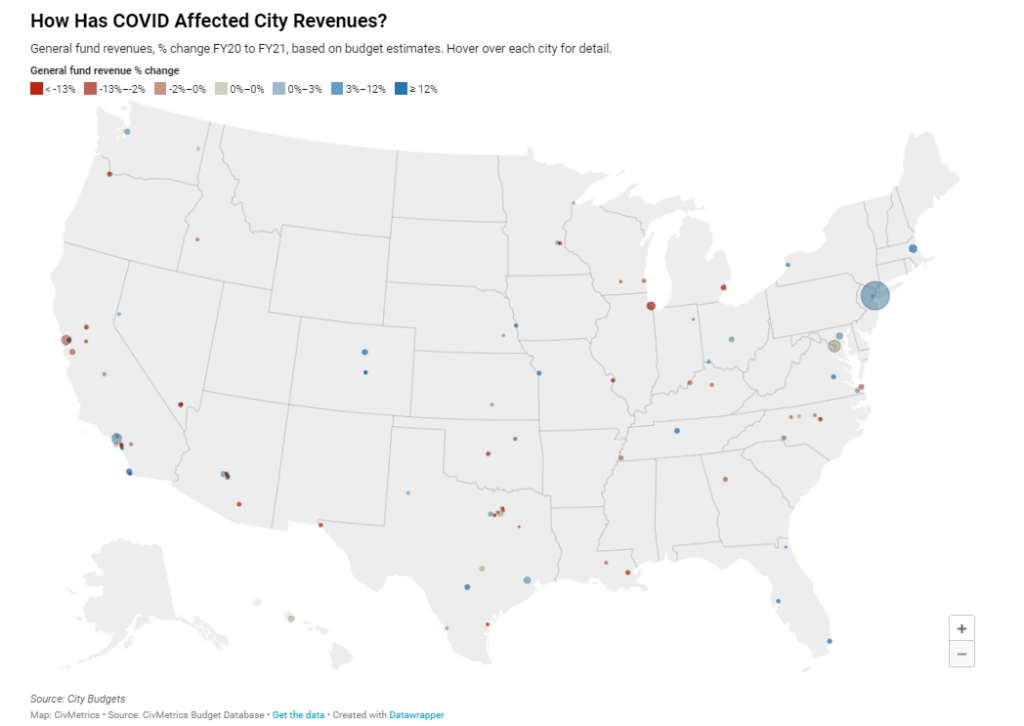Link: https://www.nationalreview.com/2021/06/rebekah-joness-lies-about-florida-covid-data-keep-piling-up/
Excerpt:
One of the most persistent falsehoods of the COVID pandemic has been the claim that Florida has been “hiding” data. This idea has been advanced primarily by Rebekah Jones, a former Florida Department of Health employee, who, having at first expressed only some modest political disagreements with the way in which Florida responded to COVID, has over time become a fountain of misinformation.
…..
To understand what is happening here, one needs to go back to the beginning. Over the past 15 months, Florida has published a truly remarkable amount of COVID-related data. At the heart of this trove has been a well-maintained list of literally every documented case of COVID — listed by county, age, and gender, and replete with information about whether the patient had recently traveled, had visited the ER, had been hospitalized, and had had any known contact with other Floridians. To my knowledge, Florida has been the only state in the union that has published this kind of data.
…..
To this day, you can download Florida’s case-line data and see 21 cases of COVID that, despite having been identified between March 2020 and December 2020, feature a December 2019 “Event Date.” To anyone who understands data, these results are clearly the product of the system having assigned a non-null default value when no data has been entered. To the Miami Herald, however, these results hinted at scandal. Even now, when its reporters know beyond any doubt that their initial instincts were wrong, the Herald continues to tell its readers that these entries serve as “evidence of community spread potentially months earlier than previously reported.” This is not true.
Author(s): Matt Shapiro
Publication Date: 8 June 2021
Publication Site: National Review





